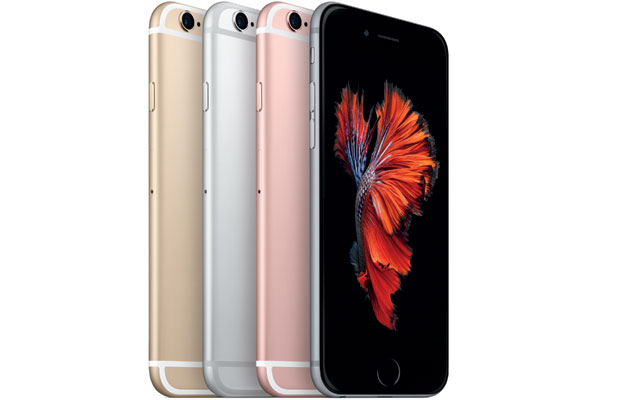 Every September for the past three years, Apple has announced its new product lines. And every year the new features have felt more incremental and less impressive. But does it really matter?
Every September for the past three years, Apple has announced its new product lines. And every year the new features have felt more incremental and less impressive. But does it really matter?
Take the product most important to Apple’s bottom line, the iPhone. The new model has a better camera, a faster chip, stronger materials, a pressure sensitive screen and a new colour. The vast majority of Apple’s customers will only notice, or care about, the last two.
The most talked about new feature — the pressure sensitive screen, which Apple has called “3D Touch” — is likely to annoy users at first but will soon be indispensable. The engineering challenge of changing the way people interact with touch screens was enormous, but the wow factor is largely missing.
All of the other announcements follow this pattern: a larger iPad, some improvements to Siri, a beefed-up Apple TV set-top box. The only outlier is the Apple Pencil, a smart stylus with a name so patently silly that even the faithful in the audience laughed when it was announced.
As always, the event attracted a deluge of sneering from Apple’s army of detractors, and a cacophony of praise from the company’s loyal supporters. To geeks, this is about more than mere devices — this is a holy war in which the heretics deserve nothing less than ridicule and excommunication.
Meanwhile, in the real world, Apple’s sales continue to tick along metronomically. In the second quarter of 2015, Apple sold 48m iPhones, gaining back a sliver of market share from Samsung, its main rival.
Samsung has lost more than 10 percentage points of global market share in the past three years, slipping from 32,2% in the second quarter of 2012 to 21,4% in the same period for 2015. Granted the total market has grown by nearly 50% over that time, so Samsung sells more phones now than it did in 2012, but not by much.
This underlines the fact that Samsung is not really competing with Apple, but with upstart Chinese brands such as Huawei and Xiaomi, which are growing like weeds. Huawei now commands nearly 9% of the world market for smartphones, double the share in 2012.
These low-cost players use the same software platform as Samsung — Google’s Android operating system — and are rapidly getting better at making attractive devices. This means that customers can easily switch to a cheaper Huawei device and keep all their apps and data.
Apple, by contrast, is losing very few customers to Samsung or the Chinese players. In fact, its market share in China is booming. Apple’s sales in China grew by over 35% in the last quarter, and its growth in other emerging markets is even more impressive at 51,4%.
For years, analysts and investors have been punishing Apple’s share price, warning that unless the company launches another blockbuster product, it will stall. As logical as this argument is, it has yet to prove true.

The reason Apple has proved so resilient is simple: it has moved from a boutique, challenger brand to a mass-market brand. In doing so it has helped define an entirely new category — mass luxury. Most Apple products cost R15 000 or more, and yet hundreds of millions of people own them.
So while the Android fanboys will scoff at the big September announcements, ordinary customers just don’t care. Apple’s customer base is now composed mostly of late adopters. These are people who don’t actually want a completely new phone. They want the same phone, only a bit better.
But if Apple keeps chugging along on sheer inertia, the analysts will eventually be proved right. In 2005, Nokia looked utterly untouchable with 35% of the market. Just a decade later it has been swallowed whole by Microsoft, and will be lucky to hang on to 2% of the market.
Apple still has time to find a new unicorn, but not an endless amount. It’s too early to tell if the Apple Watch will take off, and Apple TV is still more of an experiment than anything else. If anyone has the resources and the reach to entirely change (or create) a new category, it’s Apple. But the clock is ticking.




